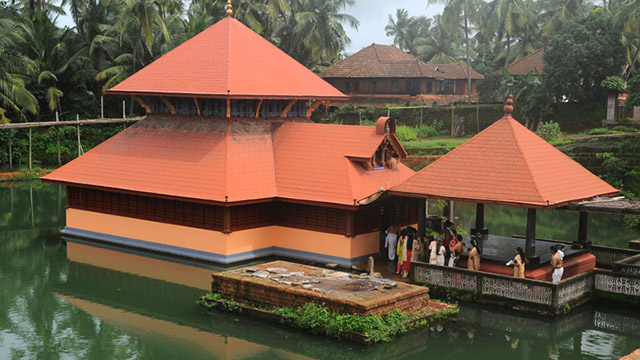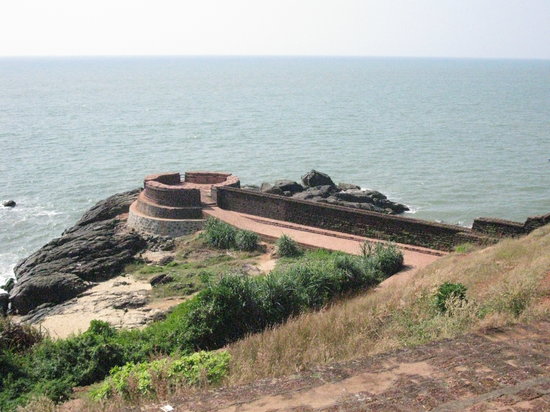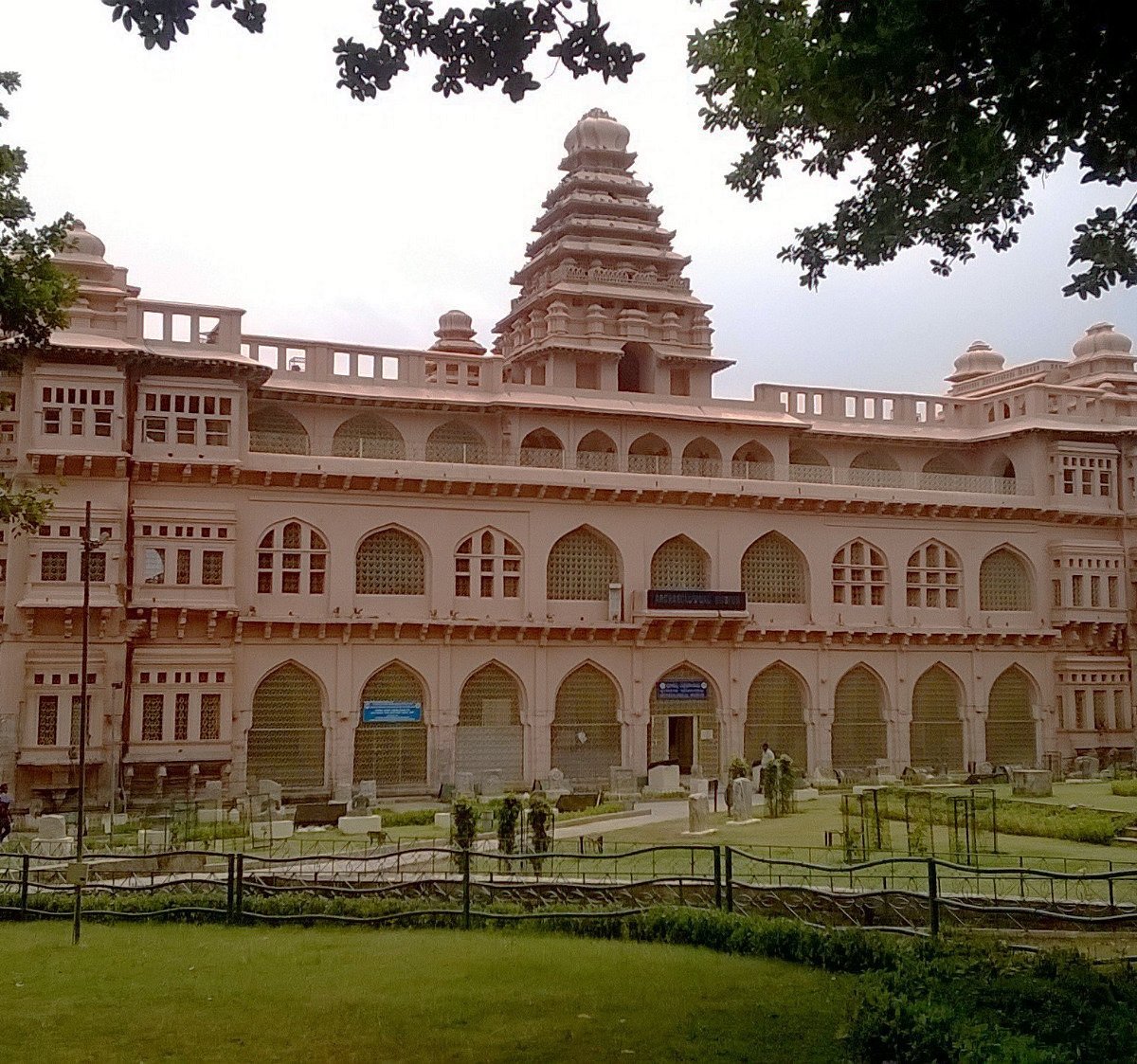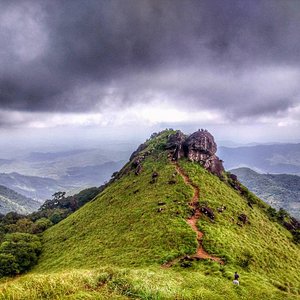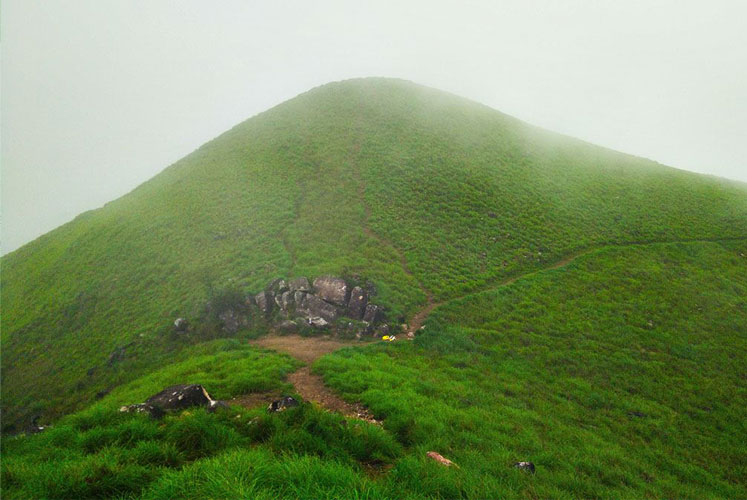kasaragod
Top Attractions in Kasaragod
-
Bekal Fort
It was an important military station for Tipu Sultan when he led a military expedition to capture Malabar. The coins and artefacts found in archaeological excavations at Bekal fort indicate the strong presence of Mysore Sultans. Tipu Sultan's death during the Fourth Anglo-Mysore War ended Mysorean control in 1799.
-
Ranipuram
Dubbed as the "Ooty of Kerala", Ranipuram hills is renowned for its cool climate, deep woods and enthralling trekking trails. The luxuriant grasslands, the dense evergreen forests, and the cold breeze make Ranipuram hills an instant favourite among the tourists.
-
Ananthapura Lake Temple
The temple is famous for the ornate wood carvings and brilliant paintings portraying various avatars of Lord Vishnu. The most interesting occupant of the temple lake complex is Babia, the vegetarian crocodile who is believed to be the temple guardian.
-
Malom - "The coorg of Kerala"
Known as the 'Coorg' of Kerala, it is blessed with Nature's bounty. The word 'Malom' comes from the Malayalam word Malakalude lokam (the world of hills). Malom can be developed into a bio-eco tourist centre given the fact that it offers possibilities for trekking, waterfalls, and adventure safari to the nearby hills.
-
Chandragiri Fort
Chandragiri was the fourth capital of Vijayanagar Empire and is most famous for its historical fort built in the 11th century as well as the Raja and Rani Palaces found within it. It was in the year 1646 when the fort was won over by the Golkonda territory and then came under Mysore rule.
